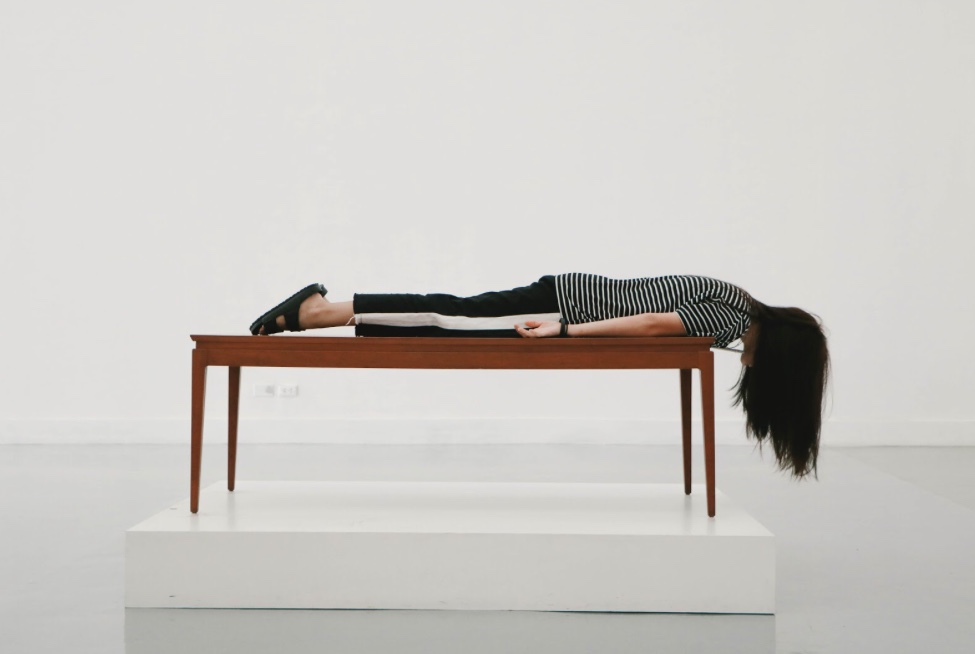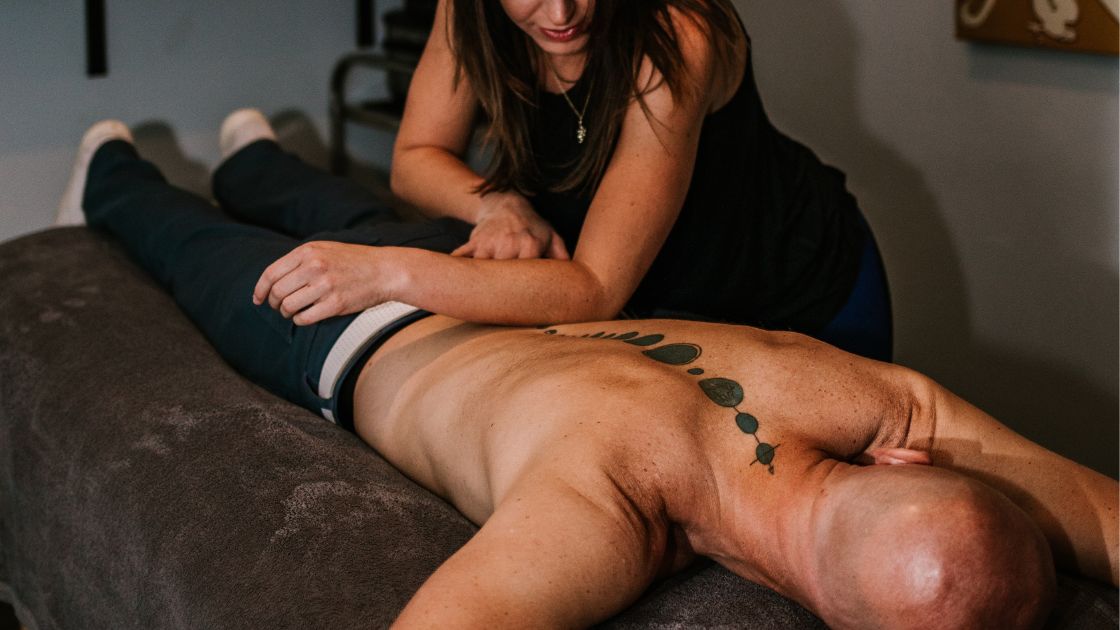Massage and Blood Pressure

Massage and Blood Pressure: Evidence based research proves massage can play a role in reducing stress and hypertension.
Stressful situations can cause blood pressure to spike temporarily. Prolonged periods of stress can potentially lead to more serious conditions. Taking steps to manage stress and improve overall health can lower blood pressure over time. Deep tissue massage therapy has been proven to assist in the management of hypertension due to stress.
How Stress Effects Your Body
The body produces a surge of cortisol hormones when a person is in a stressful situation. Cortisol provides the body with energy to help an individual fight or flee a stressor. While this response was great for out running bears, most people tend to stay in this fight-or-flight mode more often than not. For example, driving in traffic can cause cortisol levels to spike, in turn causing stress and hypertension. Over time, high cortisol levels begin to weaken the immune system, increase blood pressure, and lead to overall degeneration.
Massage and Stress
Massage slows the production of cortisol by activating the parasympathetic nervous system. Stressful situations activate the sympathetic nervous system. When the parasympathetic nervous system is activated, the body goes into a rest-and-digest phase. Cortisol levels decrease, blood pressure goes down, heart rate slows, and the body begins to relax.
The effect of massage on stress and hypertension has long been accepted by the general community. Research now indicates that the medical industry is recognizing massage as a valid form of prevention and treatment.
Here is some evidence-based research on massage and its role in reducing high blood pressure.
In a study by The Journal of Bodywork and Movement Therapies, “high blood pressure and associated symptoms were reduced by massage therapy.”
Here are some findings from that study, as well as several others.
- In one 2005 study, a team of researchers investigated the effect of relaxation massage on 16 healthy males. After six weeks of twice weekly massage, the diastolic blood pressure was reduced by 11%.
- In a U.S. study, 30 adults with at least a 6-month medical diagnosis of hypertension were randomly assigned into either a massage group or a progressive muscle relaxation group. The massage group received a standardised, Swedish massage twice weekly for 5 weeks. This group recorded a sitting diastolic and systolic blood pressure decrease after the first and last sessions. This group also reported less anxiety and depression on two psychometric measures, and salivary and urinary stress hormones decreased for the massage therapy group.
- A preliminary study from the University of South Florida tested the effects of a regularly applied back massage on the blood pressure of patients with clinically diagnosed hypertension. Subjects received a series of ten, 10-minute back massages three times a week while a control group relaxed in the same environment over ten sessions. Analysis of variance determined that systolic and diastolic blood pressure changed significantly between groups over time, suggesting that regular massage may lower blood pressure in hypertensive persons.
- In yet another study, 54 adults (60+) were randomly selected for two treatment groups. The objective was to assess the effects of massage therapy compared with guided relaxation on stress perception and wellbeing among older adults. Results showed significant improvements in the anxiety, depression, vitality, general health, perceived stress and positive well-being.
This evidence underscores the key role that a local Massage Therapist can play as part of a multidisciplinary care team involved in the management of hypertension and stress.
Written By: Holly Cook
Image Credit: Pim Chu @ Unsplash





